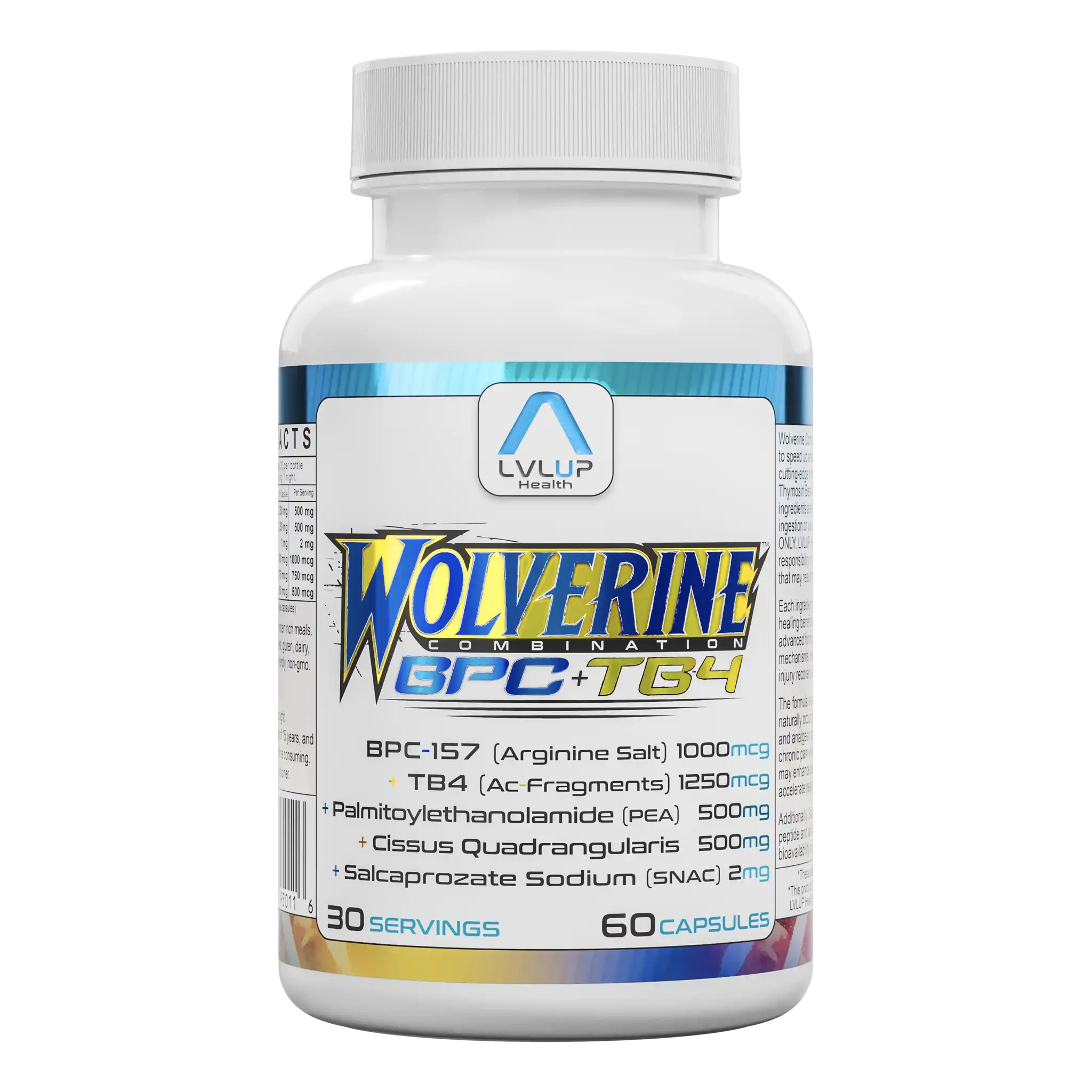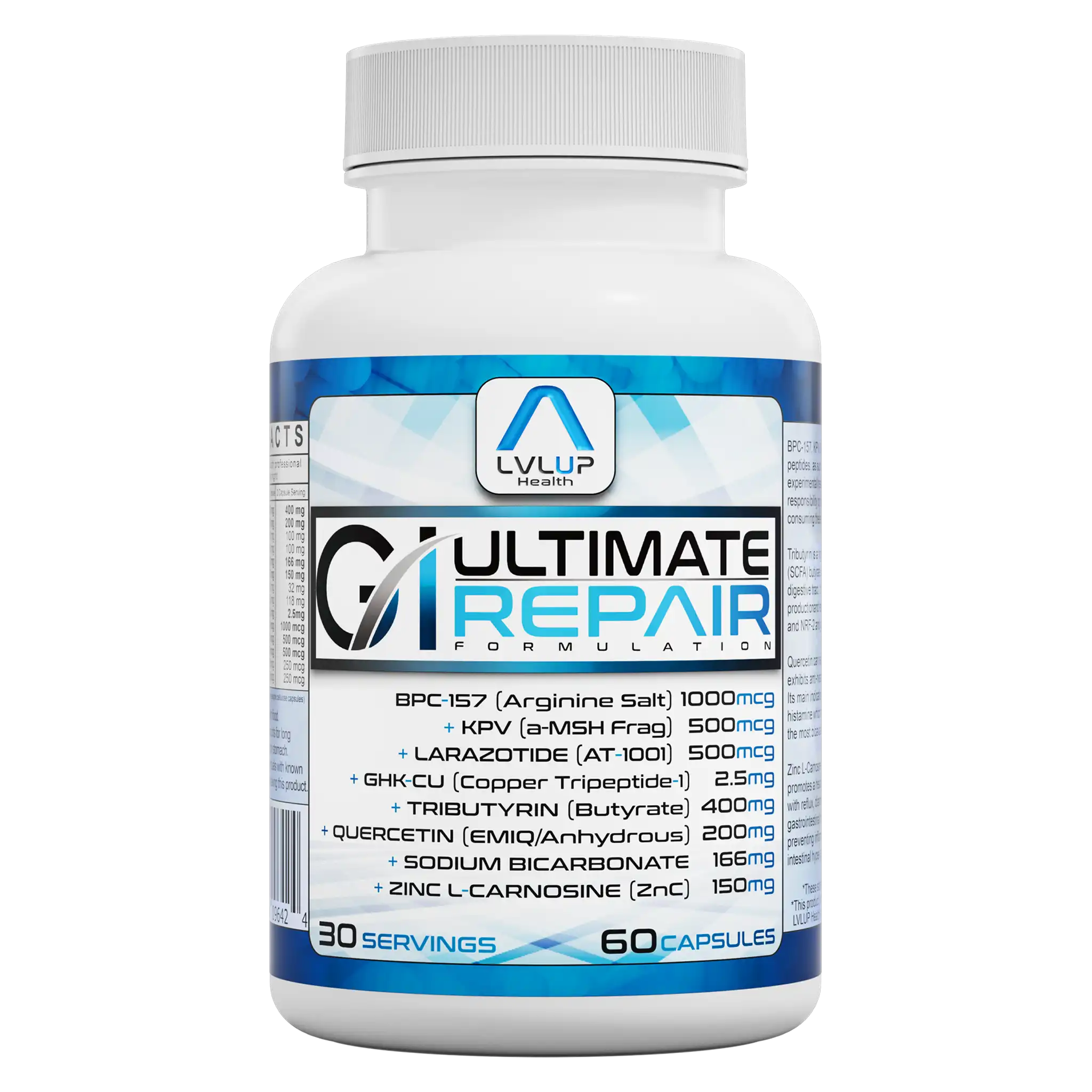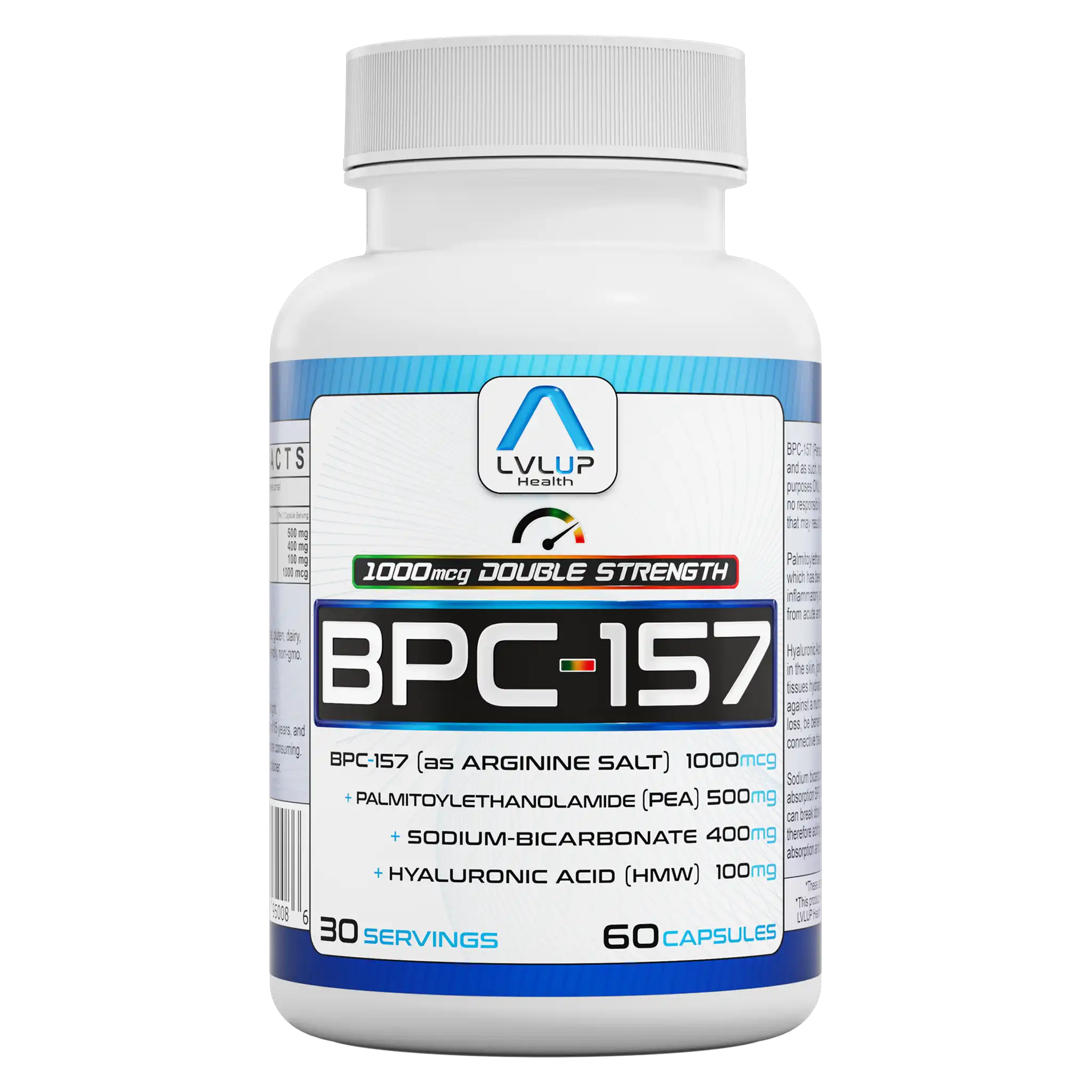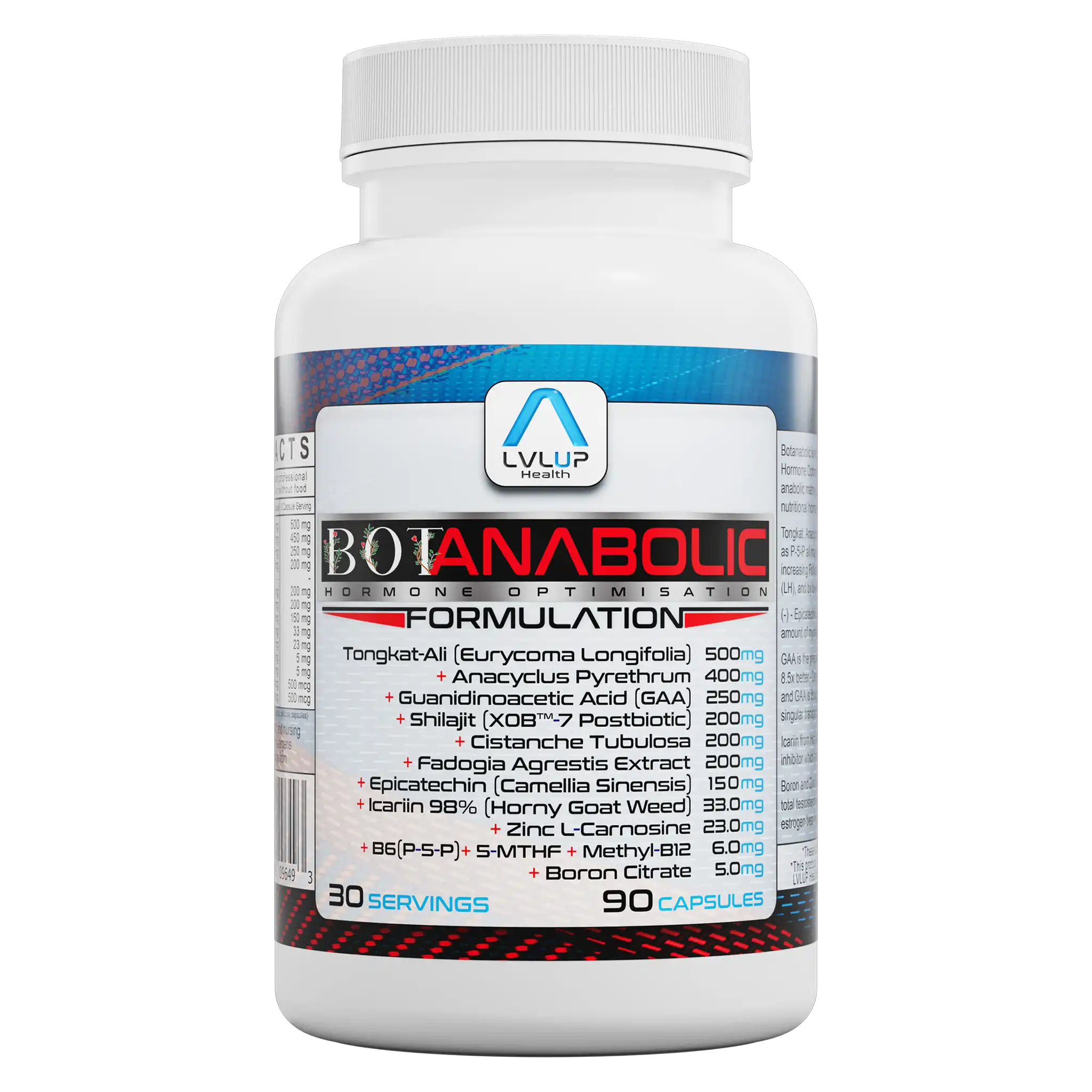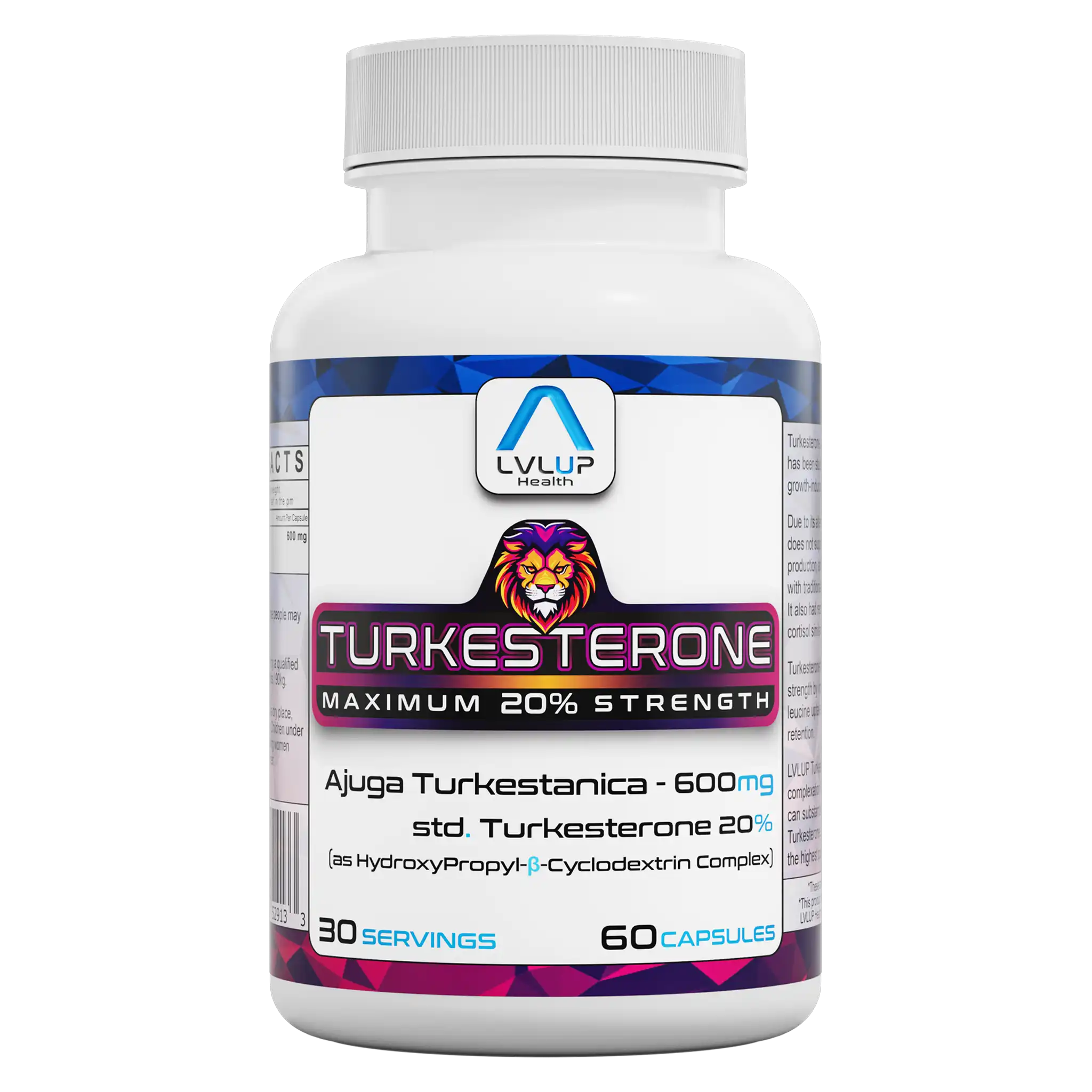Ajuga
About Ajuga
A Closer Look at Ajuga Turkestanica
n
Ajuga Turkestanica grows wild across the steppes of Uzbekistan and Kazakhstan, but its reputation stretches far beyond folklore. Traditional healers prized this plant for its restorative qualities, passing down remedies through generations. Today, much of the buzz centers around its phytoecdysteroids—a group of plant molecules that resemble insect molting hormones. The key distinction? In humans, these compounds don’t behave like hormones; instead, they’ve drawn attention for their potential to support muscle cell function.
n
n
Why Athletes and Biohackers Use Ajuga
n
Why do biohackers and athletes keep coming back to Ajuga? It boils down to muscle support—plain and simple. Early research suggests the phytoecdysteroids in this plant may encourage protein synthesis inside muscle tissue. More protein gets built; recovery feels smoother after a tough session. While it’s not a fast track to superhero status, many use it to complement other approaches to muscle maintenance or growth. Some folks even report a return to activity sooner after strenuous workouts.
n
n
Naturally Steady Support
n
Here’s another point worth underscoring: Ajuga Turkestanica doesn’t deliver a “boost” the way caffeine or pre-workout stimulants do. There’s no artificial spike in heart rate or jitters—just a natural foundation for endurance and repair when you need it most. For those sensitive to stimulants or seeking steady progress over time, this can be an appealing fit.
n
n
Combining Ajuga with Other Ingredients
n
You’ll often notice Ajuga paired with other botanicals or amino acids in both pre-workout formulas and post-exercise blends. Some purists prefer stand-alone extracts to fine-tune their routine based on personal needs. Whether you’re aiming for gym records or simply want to keep pace as you age, Ajuga Turkestanica fits well into routines designed for consistent muscle support and recovery.
n
Found In
Detailed Information
High Phytoecdysteroid Content
n
Ajuga Turkestanica is notable for its unusually high content of phytoecdysteroids, particularly turkesterone (20-hydroxyecdysone). These ecdysteroids structurally mimic arthropod molting hormones but do not exhibit classical androgenic or anabolic steroid profiles in mammalian systems. Instead, preliminary in vitro studies indicate that ecdysteroids like turkesterone may activate PI3K/Akt signaling pathways in skeletal muscle cells, potentially leading to increased translation initiation and elevated rates of myofibrillar protein synthesis.
n
n
Research in Animal Models
n
In rodent models, ecdysteroids from Ajuga have been shown to counteract muscle atrophy induced by glucocorticoids or denervation, suggesting possible anti-catabolic properties. Additional animal research hints at improved endurance capacity through mitochondrial biogenesis pathways regulated by PGC-1α transcription factors.
n
n
Human Trials and Safety
n
Early human trials remain limited, with much clinical evidence extrapolated from related ecdysteroid-rich botanicals such as Rhaponticum carthamoides. The safety profile appears favorable at standard dosages based on current data; significant toxicity has not been reported in published studies using crude extracts or purified turkesterone fractions.
n
n
Exploring Adaptogenic Potential
n
Ajuga extracts remain the subject of ongoing investigation for their adaptogenic potential—modulating stress responses via indirect effects on adrenal function and systemic cytokine profiles—but standardized protocols for use are not yet established within the clinical research community.
n
